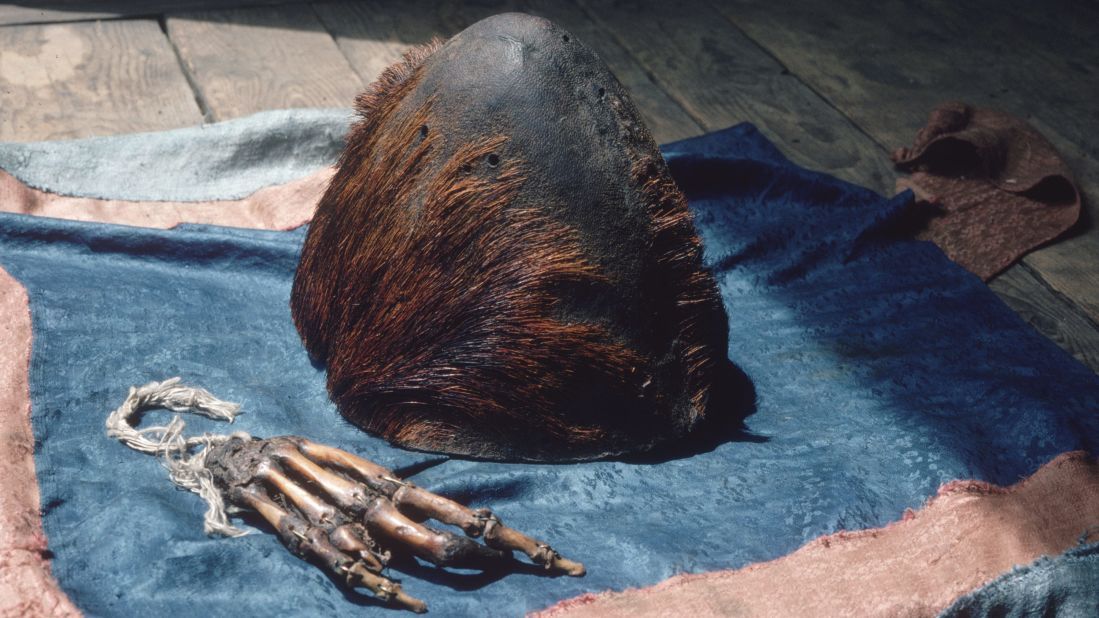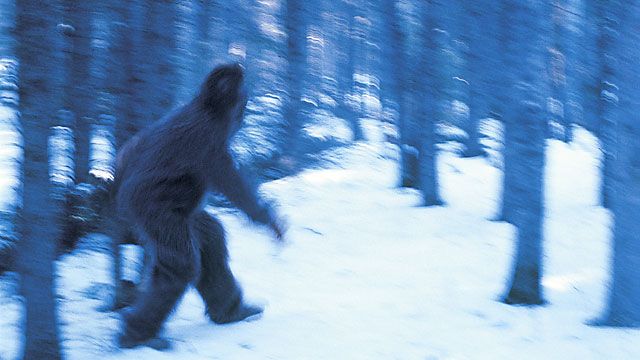In Search of the Abominable Snowman: The Truth Behind the Yeti
The Yeti is often depicted as a white, shaggy creature resembling an ape, standing on two legs and reaching extraordinary heights of 10 to 20 feet.

Introduction:
The world is filled with captivating mysteries and legendary creatures that continue to capture our imagination. Among them, the Yeti, also known as the Abominable Snowman, stands as one of the most intriguing and elusive beings in folklore and cryptozoology. For centuries, stories and sightings of this creature have fascinated adventurers, scientists, and enthusiasts alike, fueling expeditions to the remote and treacherous regions of the Himalayas. In this blog, we embark on a captivating journey to uncover the truth behind the Yeti, delving into the realms of mythology, scientific investigations, eyewitness accounts, and the enduring allure of this cryptid.
What is Yeti?
The Yeti, a mythical creature believed to reside within the vast Himalayan ranges of Nepal and Tibet, has long been a subject of fascination and debate spanning several decades. Recently, the spotlight returned to the existence of this legendary being when the Indian Army announced the discovery of fresh and enigmatic footprints during an expedition to Mount Makalu.
Derived from the Nepali dictionary, the term "Yeti" is synonymous with the intriguing moniker "abominable snowman." In the folklore of Tibet, it is known by the name "Meh-Teh." The Yeti is often depicted as a white, shaggy creature resembling an ape, standing on two legs and reaching extraordinary heights of 10 to 20 feet. Remarkably, the footprints uncovered by the Army measured an impressive 32x15 inches, clearly distinguishing them from human footprints and further fueling the mystery surrounding this elusive creature.
The Discovery of Yeti
The earliest recorded encounter with the Yeti dates back to 1921 when renowned British explorer Charles Howard-Bury made a remarkable discovery during his expedition in the Himalayas. In his book "Mount Everest: The Reconnaissance, 1921," Howard-Bury recounts stumbling upon perplexing footprints near Lakhpa La pass. What he found amidst the animal tracks were the imprints of a humanoid creature, resembling that of a human. Curiosity piqued, Howard-Bury later learned from the locals about the ancient legend surrounding a tribe of untamed, hairy beings inhabiting the most remote and inaccessible peaks of the mountains. This significant account serves as an enduring testament to the enduring allure and mysterious nature of the Yeti.
Does Yeti Really Exist?
In 1951, the esteemed English Himalayan explorer Eric Shipton made a captivating discovery as he documented footprints believed to be left by the elusive Yeti. What made these footprints truly intriguing was the presence of a distinctive thumb-like impression instead of a typical toe. Not long after, in 1960, Sir Edmund Hillary made headlines when he returned with what he initially believed to be the scalp of the Yeti, resembling a helmet. However, subsequent analysis revealed that the scalp actually belonged to a serow, a goat-like animal.


The search for the Yeti continued to present intriguing encounters and subsequent debunking. In 2010, Chinese hunters claimed to have captured a hairless, four-legged creature that they believed to be the legendary Yeti. However, further examination confirmed that it was, in fact, a civet that had lost its hair due to a disease. Then, in 2011, researchers made headlines with their alleged discovery of a Yeti finger, only to have the DNA analysis reveal that it belonged to a human.
As the years passed, the fascination with the Yeti persisted. In 2013, the renowned National Geographic released a captivating documentary exploring the legend of the Yeti in the Himalayas, shedding light on the enduring allure and mystery surrounding this mythical creature. These encounters, discoveries, and subsequent revelations serve as a testament to the ongoing quest for truth and understanding of the enigmatic Yeti.
Here's a video of National Geographic discovering Yeti:
The Tale of the Sherpas
The Sherpa is a community that lives at an average altitude of 12,000ft in eastern Nepal.
The Yeti is often portrayed as a formidable and unpredictable creature. Various stories depict encounters that highlight its unfriendly nature. For instance, tales recount instances where the Yeti would block the entrances to village homes when the men were absent, creating a sense of unease among the villagers. In another account, humans attempted to deceive the Yetis into turning against each other, but instead, this only served to enrage the creatures further, leading them to vow revenge upon humanity.

Furthermore, it is worth noting that the lore surrounding the Yeti includes the existence of female counterparts. In one particular story, a female Yeti captured a man with whom she bore two children. However, when the man managed to escape with their son, the female Yeti resorted to a tragic act, killing and consuming her own daughter. These tales depict the complex and sometimes dark nature attributed to the Yeti in traditional folklore.
Folktales featuring the Yeti may have served as cautionary tales or, more likely, as moral lessons to ensure that children would not stray too far from their communities. By sharing these stories, the intention may have been to emphasize the importance of staying close and secure within the community, thereby ensuring the safety and well-being of the children.
Yeti in Modern Times
The quest for the Yeti continues to evolve in the modern era. We delve into recent sightings, expeditions, and scientific advancements that shed new light on the creature's existence. We explore the use of advanced technology such as drones, thermal imaging, and DNA analysis in the search for definitive proof. Moreover, we discuss how conservation efforts in the Himalayas and the preservation of its biodiversity are intertwined with the pursuit of the Yeti, highlighting the delicate balance between mythology, science, and the natural world.

Even without concrete evidence of its existence, the Yeti has managed to capture the imagination of people, becoming a prominent figure in folklore and animated entertainment. From beloved characters like Tintin and Scooby Doo to animated films like Monsters Inc, the Yeti has been reimagined numerous times, leaving an indelible mark on popular culture.
FAQs
Is the Yeti real?
The existence of the Yeti remains unconfirmed. While there have been numerous reported sightings and alleged evidence, no conclusive proof has been found to verify its existence.
What does the Yeti look like?
According to descriptions and legends, the Yeti is often depicted as a large, bipedal creature with shaggy white fur, resembling an ape or a humanoid figure.
Where is the Yeti believed to live?
The Yeti are said to inhabit the high-altitude regions of Nepal, Tibet, and other parts of the Himalayas.
Are there different types of Yetis?
Various legends and accounts suggest the existence of different types or variations of the Yeti, including both male and female individuals.
Conclusion:
The Yeti, existing within the world of mysterious creatures and legends, captivates the minds of adventurers, scientists, and enthusiasts. As we explore tales, sightings, scientific inquiries, hoaxes, and modern expeditions, we find ourselves at a junction where belief and skepticism meet. Although the truth about the Yeti remains elusive, our pursuit of knowledge, the preservation of culture, and our unwavering curiosity continue to drive us in our quest for this elusive Abominable Snowman.





